As a developing economy, India has numerous developmental aspirations. How India meets these goals without worsening the climate crisis is at the heart of CSTEP's work. Addressing climate change and enabling a secure and sustainable future for Indian citizens require an overhaul of previous paradigms on development and resource utilisation. This is reflected in our work on developing low-carbon trajectories for development with an emphasis on nature-based solutions.
We are working with state governments across India to build capacity on risk and vulnerability assessments to inform their respective action plans on climate change. The transition from fossil fuels to renewable energy is crucial to achieving a secure and sustainable future. CSTEP's studies explore the possibility of a greater integration of renewables in the energy sector.

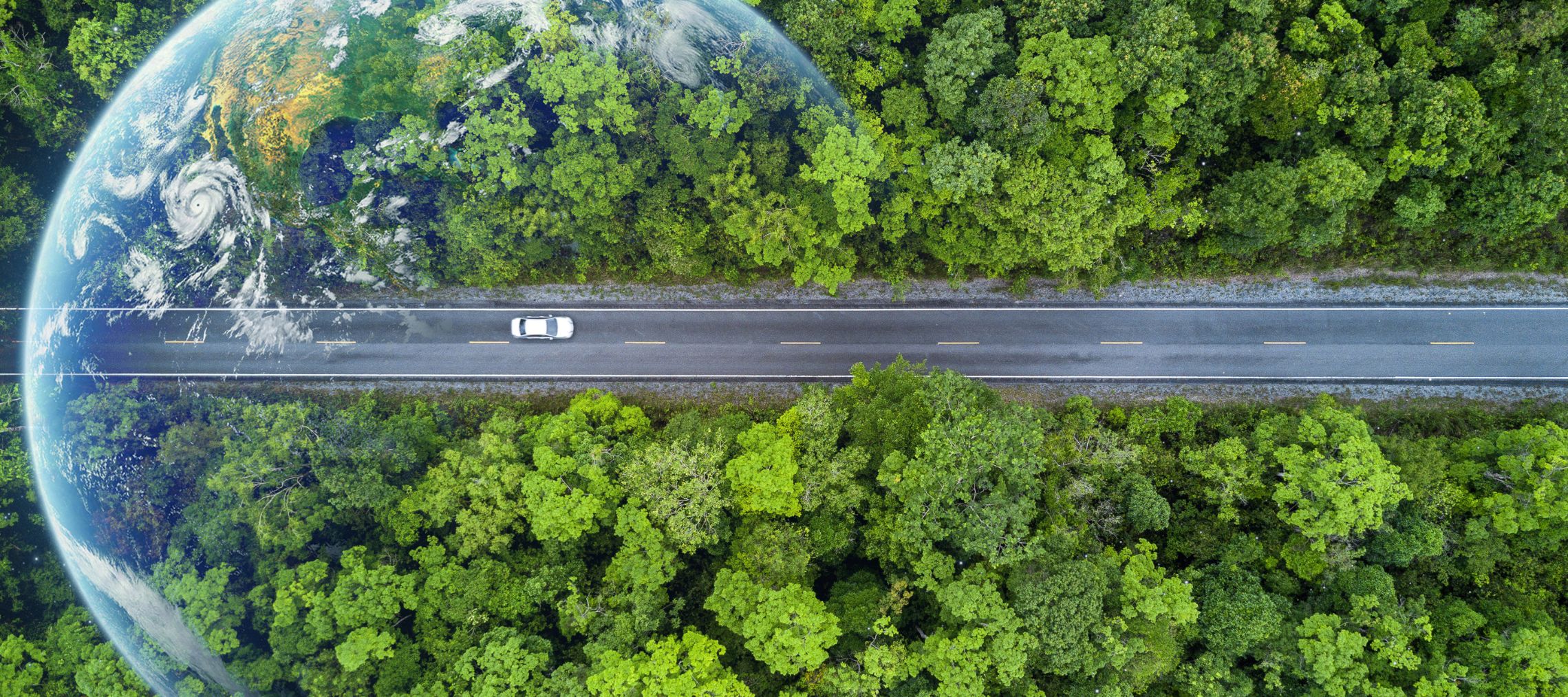
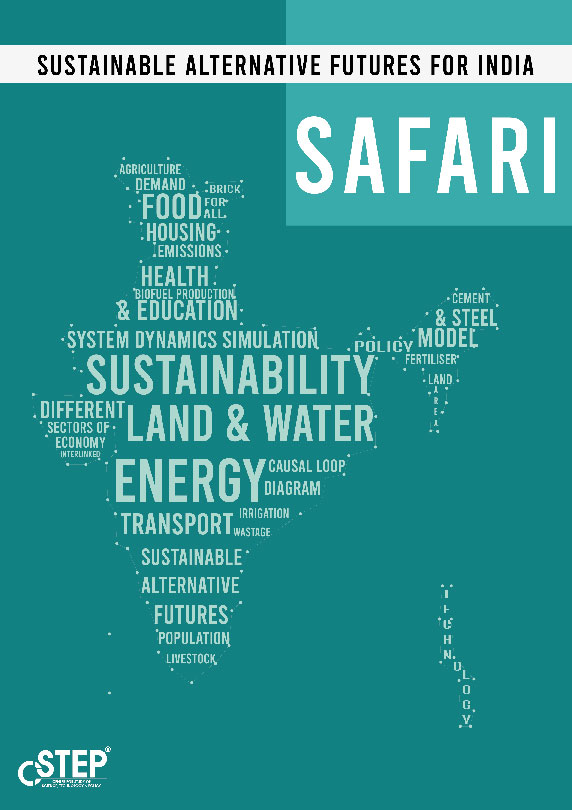

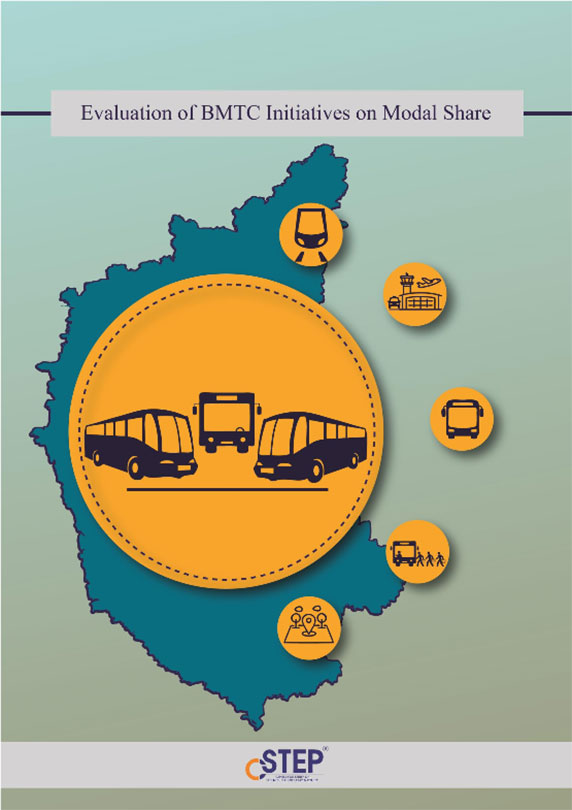
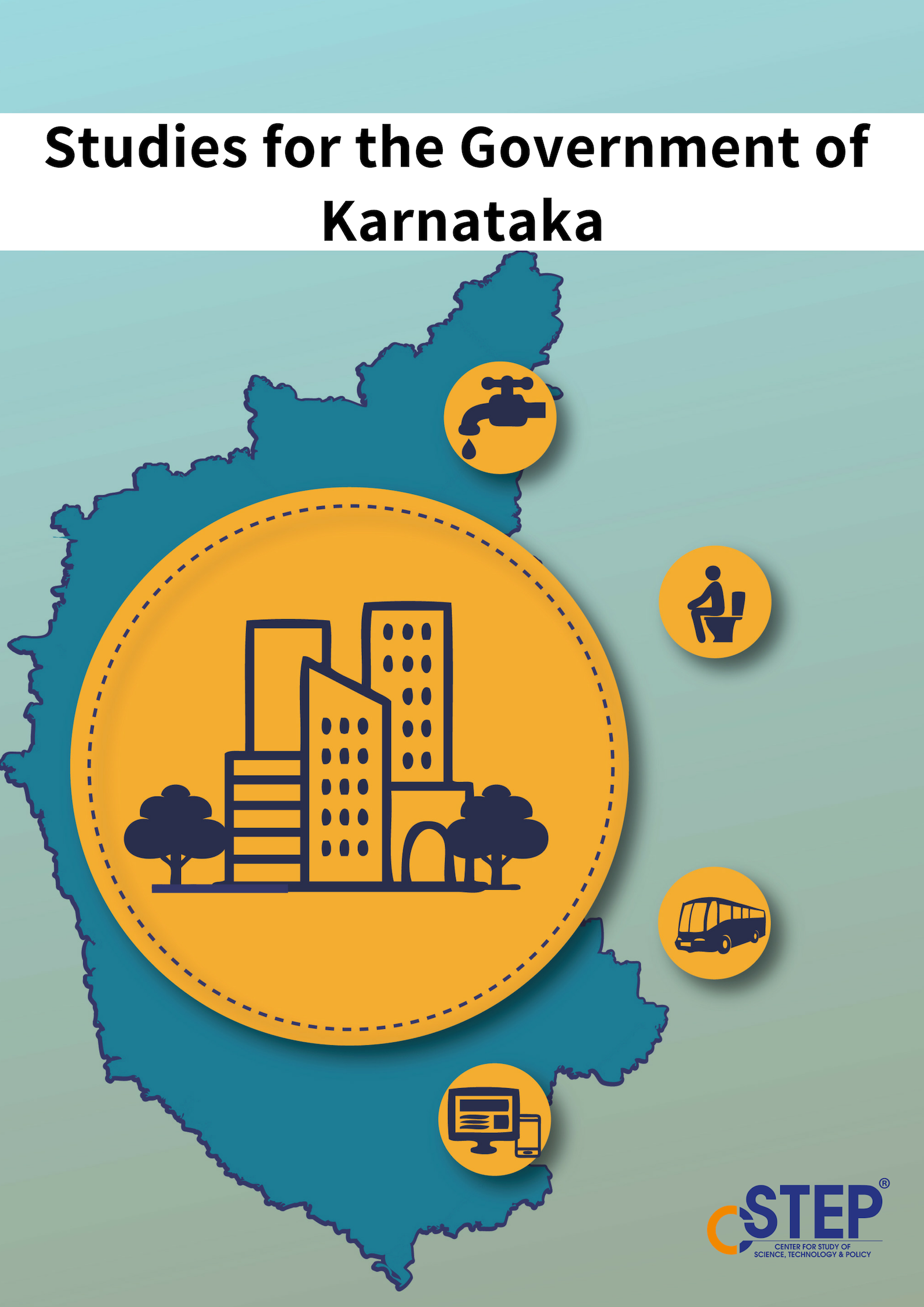

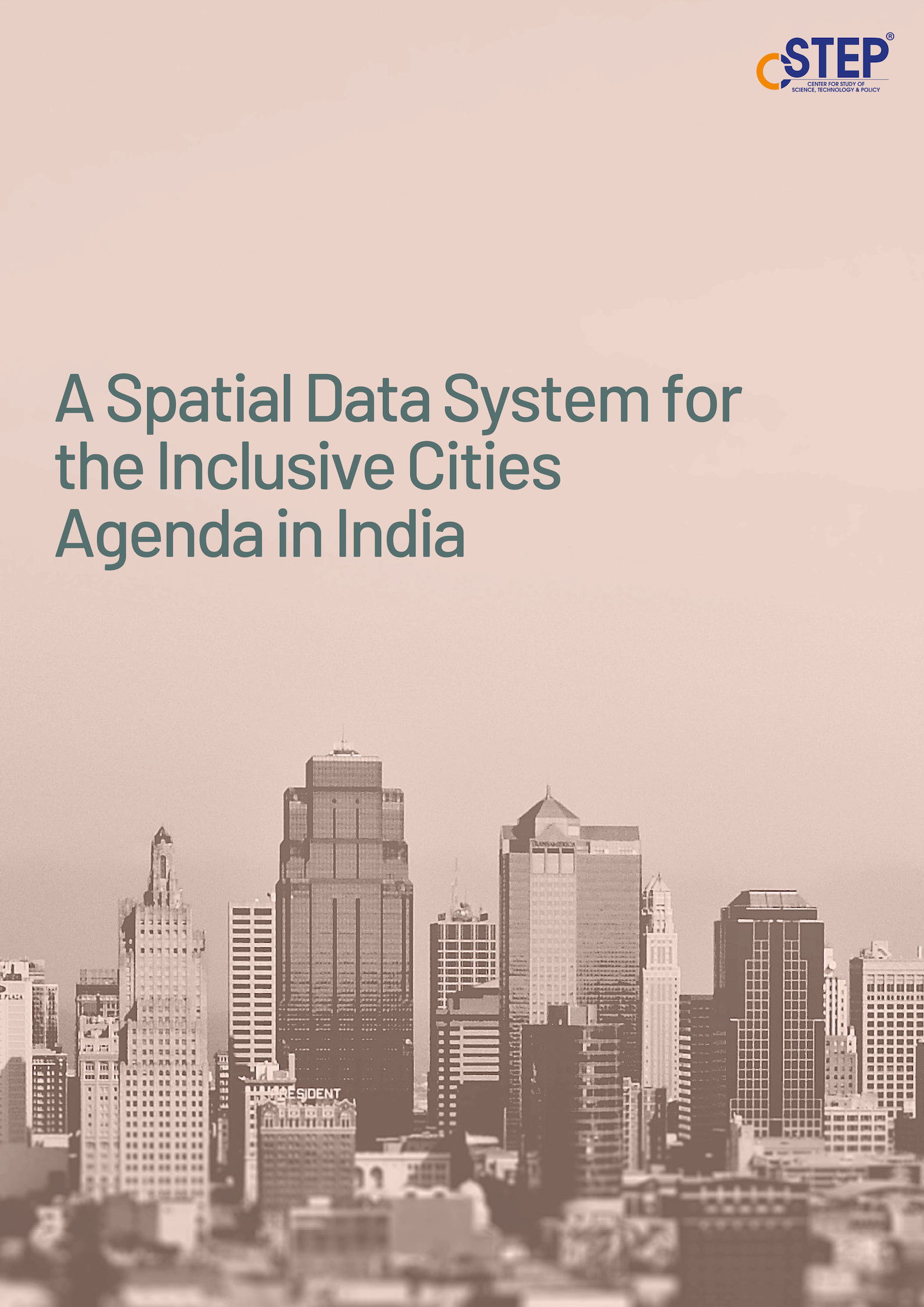
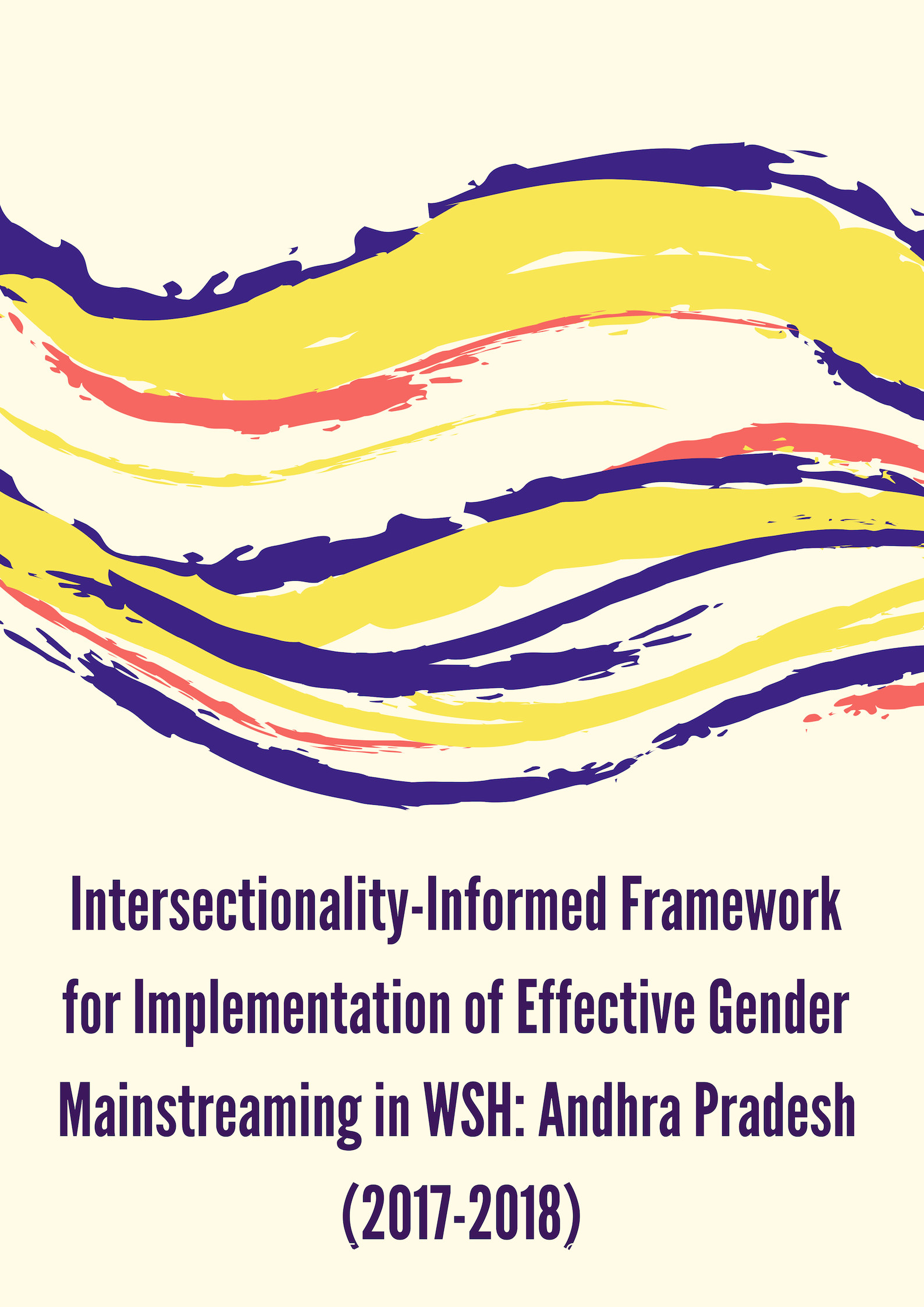
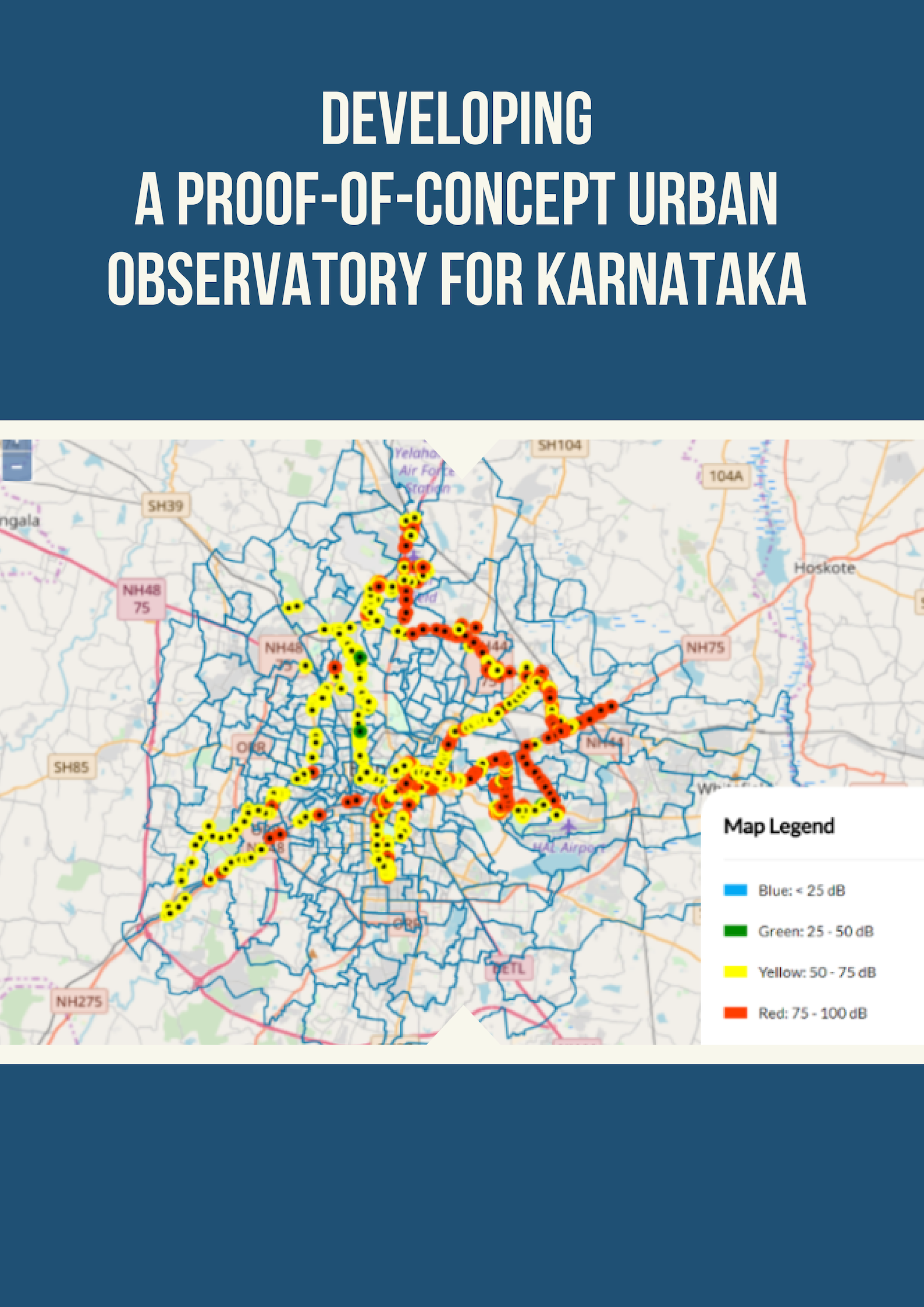
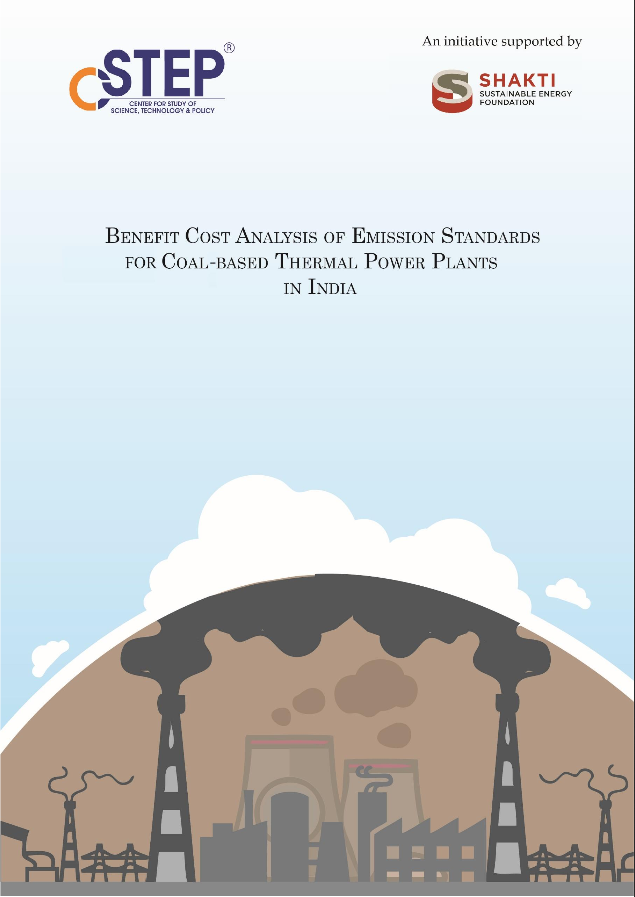


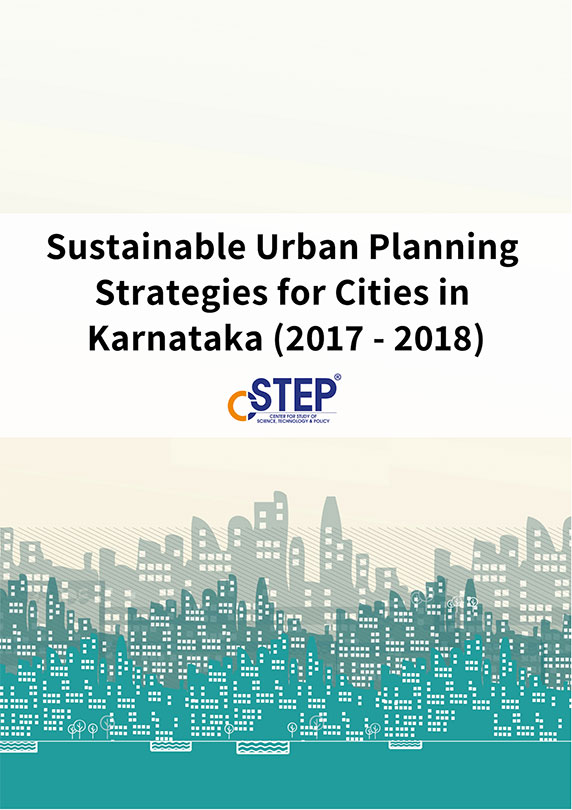



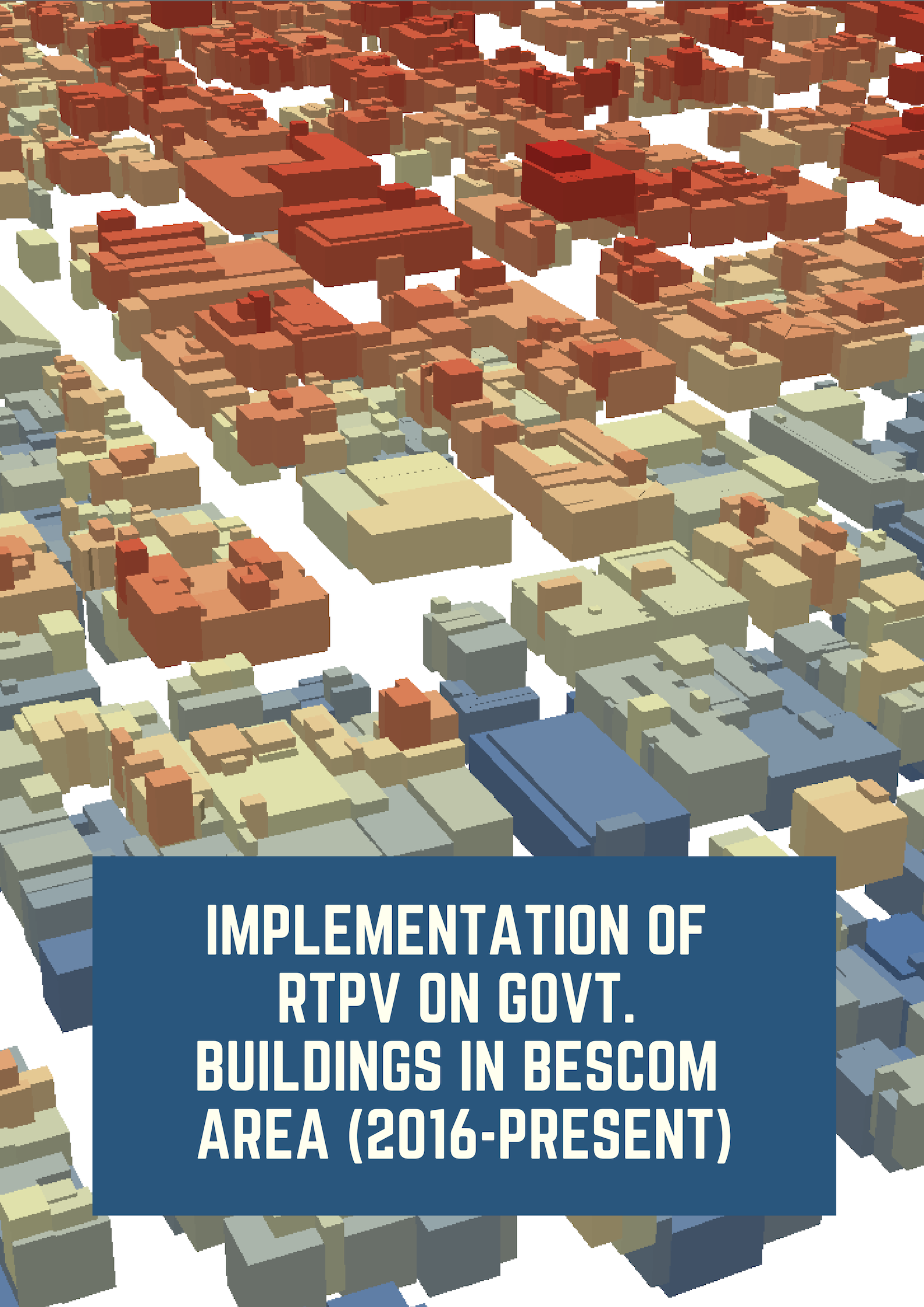
Up-to-date Emission Inventories Will Guide India on Climate Goals
The recent Leaders’ Summit has signaled a strong comeback by the United States into the climate fold. Other major economies like Canada and Japan too have ramped up their climate targets, indicating a global thrust towards emissions reduction. With this build-up of momentum, India will also be pushed to revise its climate commitments. Given the ongoing efforts to revive the economy damaged by the pandemic, this is an opportune time for India to both take stock of its emissions and devise new pathways for a sustainable future.
Mitigation co-benefits of carbon sequestration from MGNREGS in India
Mahatma Gandhi Rural Employment Guarantee Scheme a large social security programme being implemented in India, with an average annual investment of US$ 7 billion. The bulk of the activities under this programme are focused on natural resources such as land, water and trees, which provide adaptation benefits. In this study an attempt is made to estimate the carbon sequestration achieved and future potential, as a co-benefit, from MGNREGS.
Sustainable alternative futures for agriculture in India—the energy, emissions, and resource implications
India’s falling aquifer levels, erratic monsoons, arable land constraints, stagnating crop yields, growing food demand, and rising greenhouse gas (GHG) emissions necessitate that strategic interventions be planned and implemented to maintain food security in the country.
India's Electric Vehicle Transition Over the Years
‘Lovebird’, the first electric vehicle (EV) in India, was launched in 1993 by Eddy Current Controls. Equipped with a lead–acid battery, which took eight hours to charge fully, the two-seater car had a driving range of 60 km per charge. Zero subsidies, the lack of electric power and networks, and the inability of the car to climb a gradient above 15 degrees were some major drawbacks back then. The technology, infrastructure, and policy support for EVs is much better today, but the price is still as high as it was in the 90s when compared to internal combustion engine (ICE) vehicles.
The Current EV Policy Ecosystem in India
In India, the electrification of the transportation sector is considered a vital strategy to reduce greenhouse gas (GHG) emissions and air pollution. Therefore, the central and state governments have introduced policies, financial schemes, guidelines, and standards to accelerate the uptake of electric vehicles (EV). In addition to its favourable impact on the environment, transition to electric mobility can also expedite India’s nationally determined contribution (NDC) goals to reduce GHG emission intensity of its gross domestic product (GDP) by 33-35% by 2030, from 2005 level.
Mobile-Monitoring Campaign for Air Pollution Studies in Bengaluru
Stationary monitoring is the most commonly adopted method to understand the air pollution levels in India. However, these stations fail to capture local variations in concentration levels. In areas where the emissions and concentrations levels exhibit fine-scale spatial variability, understanding local sources will be key for policymakers to implement effective measures. Sensors installed in mobile platforms have been used to generate evidence at a more granular level.
Comprehensive Clean Air Action Plan for Muzaffarpur
Muzaffarpur is one of the 20 most polluted cities in the world (WHO, 2019), in terms of particulate matter (PM,) and has also been identified as one of the non-attainment cities under NCAP. In this context, a clean air action plan was prepared under which an emission inventory was developed for Muzaffarpur. Several focused group discussions with the line departments were conducted to frame source-specific control measures for the city.
